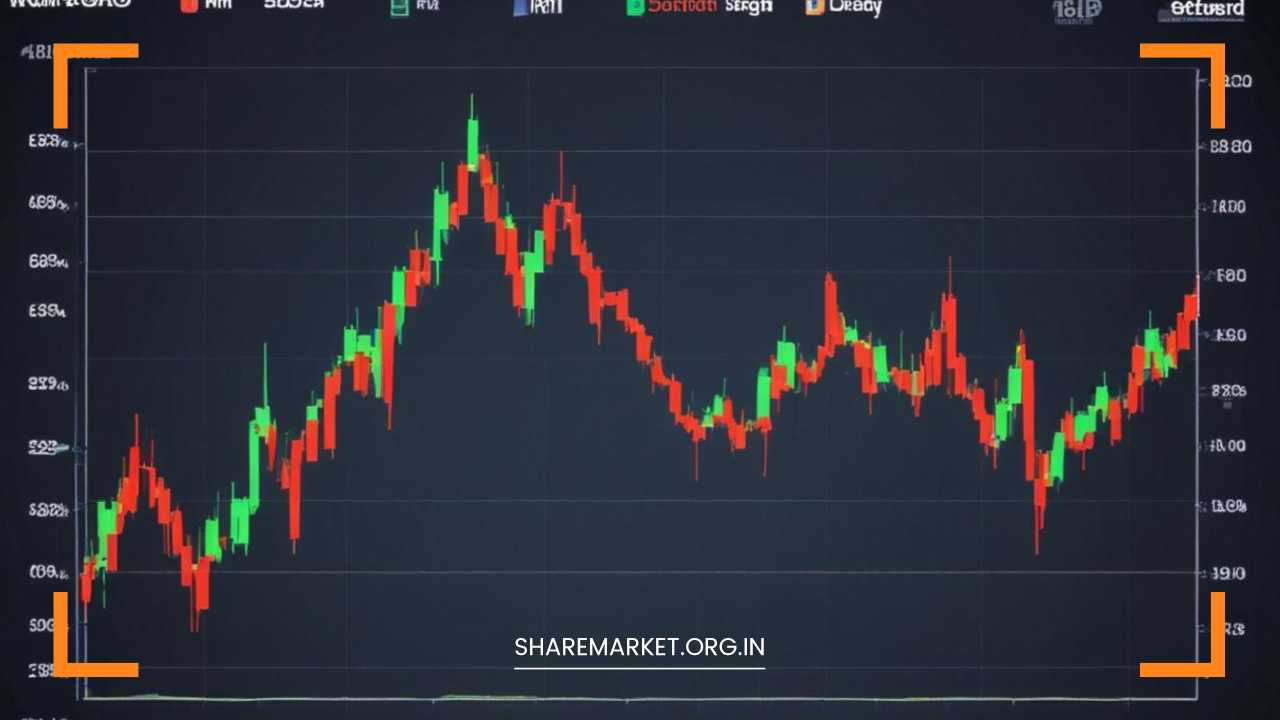What is CMP in Share Market

What is CMP in Share Market
CMP in Share Market: Meaning and Importance
Here’s a closer look at the concept of CMP in the share market:
CMP, or Current Market Price, in the stock market refers to the prevailing price at which a stock can be bought or sold at a given moment.
It is influenced by several factors, including the actual trading price, trading volume, liquidity, and overall market sentiment.
1. Determinants of CMP
The CMP of a stock is dynamic and constantly changing due to the continuous trading activity in the market.
Each trade executed at a specific price impacts the CMP, and factors such as the number of buyers and sellers, the trading volume, and market sentiment play a role in determining the current price.
2. Relationship with LTP
It is important to differentiate CMP from LTP (Last Traded Price). LTP represents the price at which the most recent trade occurred for a stock.
While the LTP influences the CMP, it may not necessarily be the same. The LTP reflects the actual price at which the last trade was executed, whereas the CMP indicates the prevailing price at which the stock is available for trading.
3. Continuous Price Changes
As trades take place in the market, the CMP of a stock can fluctuate based on the buying and selling activities. If the volume traded is high, the LTP has a significant impact on the CMP.
However, the CMP can be slightly different from the LTP, considering that market sentiments and trading dynamics are continuously evolving.
4. Role of Market Sentiments
Market sentiments, which represent the overall mood and outlook of investors, have an influence on the CMP.
Positive news or favorable market conditions can drive the CMP higher, while negative events or bearish sentiments may push it lower.
The interplay of supply and demand, along with investor perceptions, contributes to the changes in CMP.
5. Impact on Trading Decisions
Investors and traders closely monitor the CMP of stocks to make informed trading decisions. The CMP indicates the price at which a stock can be bought or sold at the current market rate.
Buyers and sellers consider the CMP in conjunction with other factors such as technical analysis, fundamental analysis, and their investment goals to determine optimal entry or exit points.
It is important to note that the CMP is subject to change as new trades occur, and it is influenced by various market dynamics.
Keeping track of the CMP helps investors stay informed about the current market value of a stock and make timely investment decisions.
How to Find Current Market Price (CMP)?
To find the Current Market Price (CMP) of a stock, you can follow these steps:
1. Financial Websites
Many financial websites provide up-to-date information on stock prices, including the CMP. You can visit popular financial portals or stock market websites and search for the desired stock.
The stock’s CMP is typically displayed prominently on the stock’s information page or in a dedicated section that provides real-time market data.
2. Broker’s Web Trading Platform
If you have a brokerage account, your broker’s web trading platform will offer real-time stock quotes and market data.
Log in to your broker’s platform and search for the specific stock you’re interested in. The CMP should be readily available on the stock’s details page.
It may be displayed prominently, often in the top left corner or alongside other essential information.
3. Enrich Mobile Hunt Trading Platform
If you are using the Enrich Mobile Hunt trading platform, the CMP of a stock can be found by clicking on the stock and viewing its details.
Typically, the current market price will be displayed at the top left corner of the stock’s information page.
When accessing the CMP through these platforms, keep in mind that the prices are constantly changing due to market fluctuations. Therefore, it’s essential to ensure that the information you are viewing is up to date.
By referring to financial websites or your broker’s trading platform, you can easily access the CMP for a specific stock.
This information allows you to stay informed about the current market value of the stock and make well-informed investment decisions.
How to Use CMP in Tading?
To effectively utilize the Current Market Price (CMP) in trading, there are three main methods:
1. Market Order
A market order involves placing an immediate buy or sell trade at the prevailing CMP. As the trade execution happens quickly, the actual price at which the stock is bought or sold may slightly differ due to the dynamic nature of the CMP, influenced by various factors.
2. Limit Order
A limit order is placed to buy or sell a stock at a specified limit price relative to the CMP. It is triggered when the CMP matches or goes beyond the set limit price.
This type of order is commonly used to secure profits by selling at a predetermined limit when the stock price rises after buying at a lower price.
It allows investors to capitalize on the gains without risking a potential downturn. Similarly, a limit order can be used to buy at a specific limit price as the stock price falls, aiming to maximize profits.
However, it’s important to note that the execution of a limit order is not guaranteed to occur at the exact limit price due to constant market fluctuations.
3. Stop Order
A stop order is an order to buy or sell a stock at the market price once it reaches a specified stop order price.
Stop orders are commonly used as stop-loss orders to minimize losses or protect unrealized gains. A sell stop order is placed below the CMP to trigger the order if the CMP drops below the stop price, ensuring a sell trade at the CMP.
Conversely, a buy-stop order is placed above the CMP, triggering the order if the CMP rises above the stop price.
The key distinction from limit orders is that stop orders are activated when the stop price is reached or surpassed, which means the actual execution price may differ significantly from the stop order price.
It’s important to understand the differences between these order types and carefully consider the market conditions and your trading strategy when deciding which method to use.
Each approach offers distinct advantages and can be employed to optimize trading decisions based on your specific objectives and risk tolerance.
Importance of CMP
Understanding the significance of CMP (Current Market Price) in the share market is crucial for investors and traders.
It provides real-time information about the price of a stock at a specific moment. By combining the CMP with past stock prices, conducting fundamental and technical analysis, one can make informed predictions about the CMP in the future, whether it’s in 10 minutes, 10 days, or 10 weeks.
It’s important to recognize that the CMP is simply the price at the present moment, and as time progresses, a new CMP emerges, replacing the previous one.
To fully comprehend the role of CMP, it’s essential to introduce another aspect of stock market analysis: LTP (Last Traded Price).
While the CMP represents the current price, the LTP refers to the price at which the most recent trade took place.
The LTP can influence the CMP, as it reflects the actual transaction price at a given moment. As trading activity continues and new trades occur, the CMP changes accordingly.
By examining the CMP alongside other market indicators, conducting thorough analysis, and monitoring market trends, investors and traders can leverage this information to make well-informed decisions about buying, selling, or holding stocks.
The CMP serves as a valuable tool in assessing stock prices and market dynamics, allowing market participants to adapt their strategies and navigate the ever-changing landscape of the stock market.
Final Remarks
When you start exploring the stock market and using stock trading apps, you may encounter various terms, including CMP (Current Market Price).
Initially, it might seem confusing, but the concept of CMP in the share market is straightforward—it refers to the present price of a stock. Understanding this term is crucial for making informed investment decisions.

















